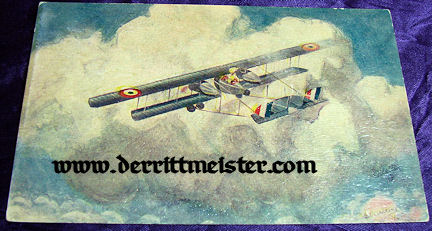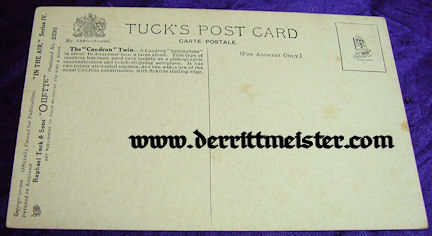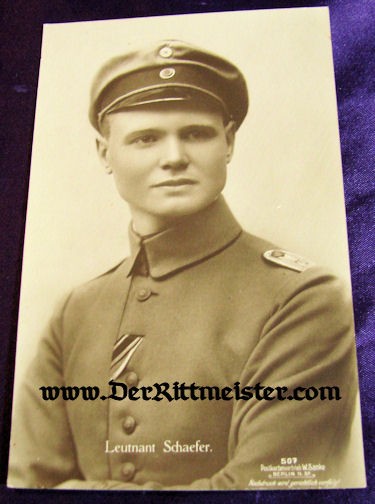Description
Raphael Tuck & Sons were major postcard publishers. Raphael and his wife emigrated from Germany to London, England and started selling pictures and frames in 1866. Raphael was joined by his three sons in 1871, when they published their first Christmas greeting card. In 1893 they were granted a Royal Warrant by Queen Victoria. Their first series of numbered postcards was printed in 1898, a set of 12 lithographed vignette views of London. Their cards were mostly printed in England, Saxony, and Holland, while their designs usually came from local artists at their international branches. “Oilette” was a trade name used by Raphael Tuck to describe postcards reproduced from original paintings. The firm introduced the “Oilette” Series in 1903. They were organized in sets, with all cards in the same set having the same number, and issued at the same time. “Oilette” post cards are eagerly sought by collectors and specialists today. Collections with more than 6,000 different 0ilettes exist, although at least 12,000 to 15,000 “Oilette” cards were printed, each with a different subject. Unfortunately, like many other postcard printers and manufacturers of their time, Raphael Tuck & Sons’ history, records, original paintings and postcards were destroyed during World War II’s bombing blitz of London. The firm continued after the war. It was bought and sold several times, but never returned to its pre WW II glory. This engaging postcard depicts a British twin-engined “Caudron” airplane in the sky against fluffy white clouds. The reverse’s identification reads “A Caudron “battleplane” is about to disappear into a large cloud. This type of machine has been used very largely as a photographic reconnaissance and bomb-dropping aeroplane. It has two rotary air-cooled engines, and the wings are of the usual Caudron construction, with flexible trailing edge.” The card is identified as Raphael Tuck & Sons’ “OILETTE” Postcard No. 3230 from “IN THE AIR” Series IV.




